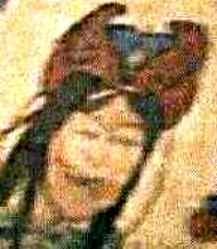| The hats that I have found so far have followed a fairly standard pattern. According to L.A.Mayer these hats were called Sharbush by the people of the period. Sharbushs consist of a high crowned cap with either fur trim along the bottom (figures 1,2 and 3) or include a peak which is also fur trimmed (figures 4 and 5). | Exactly what the Sharbushs are made of is hard to determine. They could be made of leather as two finds from the Jaziran would suggest. Alternatively they could be like Mamluk turban caps and made of heavily quilted fabric and batting. The other possibility is that they're made of felt. At the moment I tend towards the last 2 possibilities. |
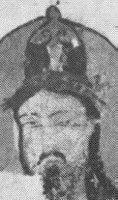 |
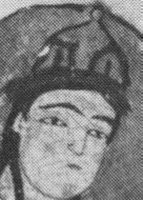 |
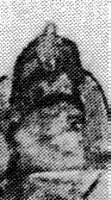 |
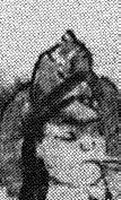 |
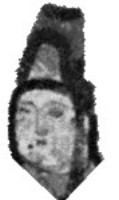 |
| The only reference I have to actual archaeological finds that correspond to this style of hat is in David Nicolle's book - Arms and Armour of the Crusading Era. The description for the major find is "-- it is a hardened leather hat or helmet, originally covered by a layer of red- and black-lacquered decoration". The other find is a partial piece of the same nature which has a lining of wooden blocks glued to the inside. Radiocarbon dating of the finds indicates they were made from materials that date to around 1285. | The construction details of both of these finds would suggest that either the Sharbush was both headwear and helmet or that a basic helm has been made of hardened leather and wooden blocks to look like a normal Sharbush. I tend towards the latter. I have included my interpretations of the line drawings of these items. Line drawings unfortunately may be all we know of these finds since they are in a private collection and fuller details have yet to be published. |
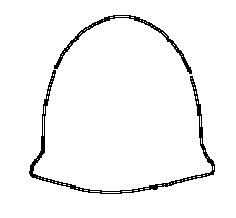 |
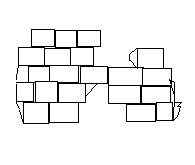 |
| Outline of hat find. | Wooden blocks inside hat fragment. |
Based on these images I created 2 Sharbushs. Both were made from fabric rather than felt or leather and they weren't quilted. From these "proof of concept" Sharbushs I decided the next ones I make will need to be quilted and have some form of batting inside them to give them a reasonable degree of stiffness.
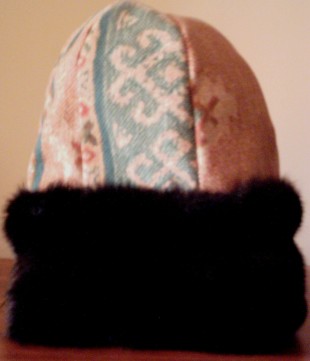 |
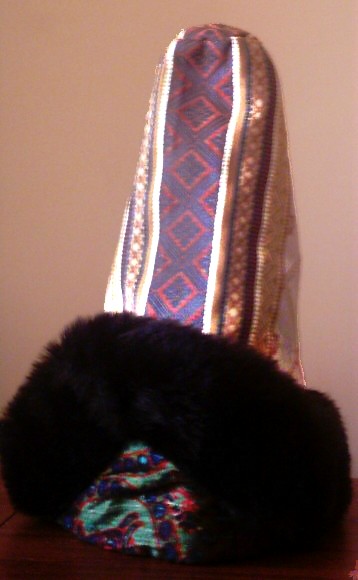 |
| The Sharbush with the straight brim is easy to make. All you need to do is take a standard turban cap panel and extend the sides straight down as shown in the following image. | 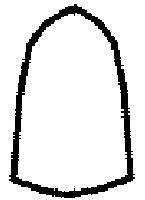 |
The other Sharbush used a three quarter circle for the sides of the Sharbush and a circle for the top. The peak was just cut from a triangle of fabric. One variation on this Sharbush I could envisage is the fur and peak would fold down giving protection to the head and ears during bad weather. | 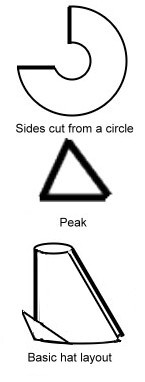 |
The following is a slightly different form of Sharbush. The image is from a bowl found in Kashan, Iran. It is dated 1187AD (Muharram 583AH). (The image is from a photo I took in the LACMA). It shows two large flaps on the sides of the Sharbush which may have folded down to protect the face during inclement weather. The crown of the Sharbush is soft but may have a rigid centre seam.
